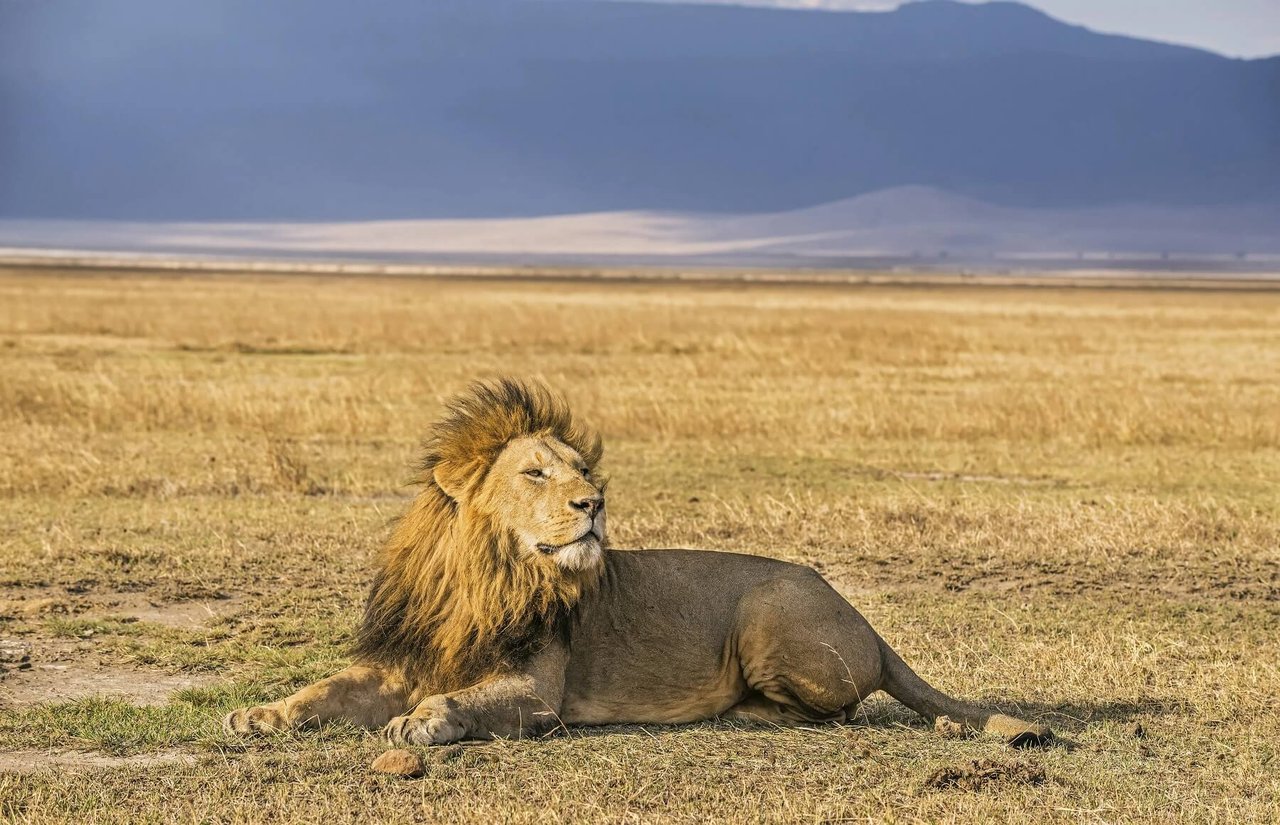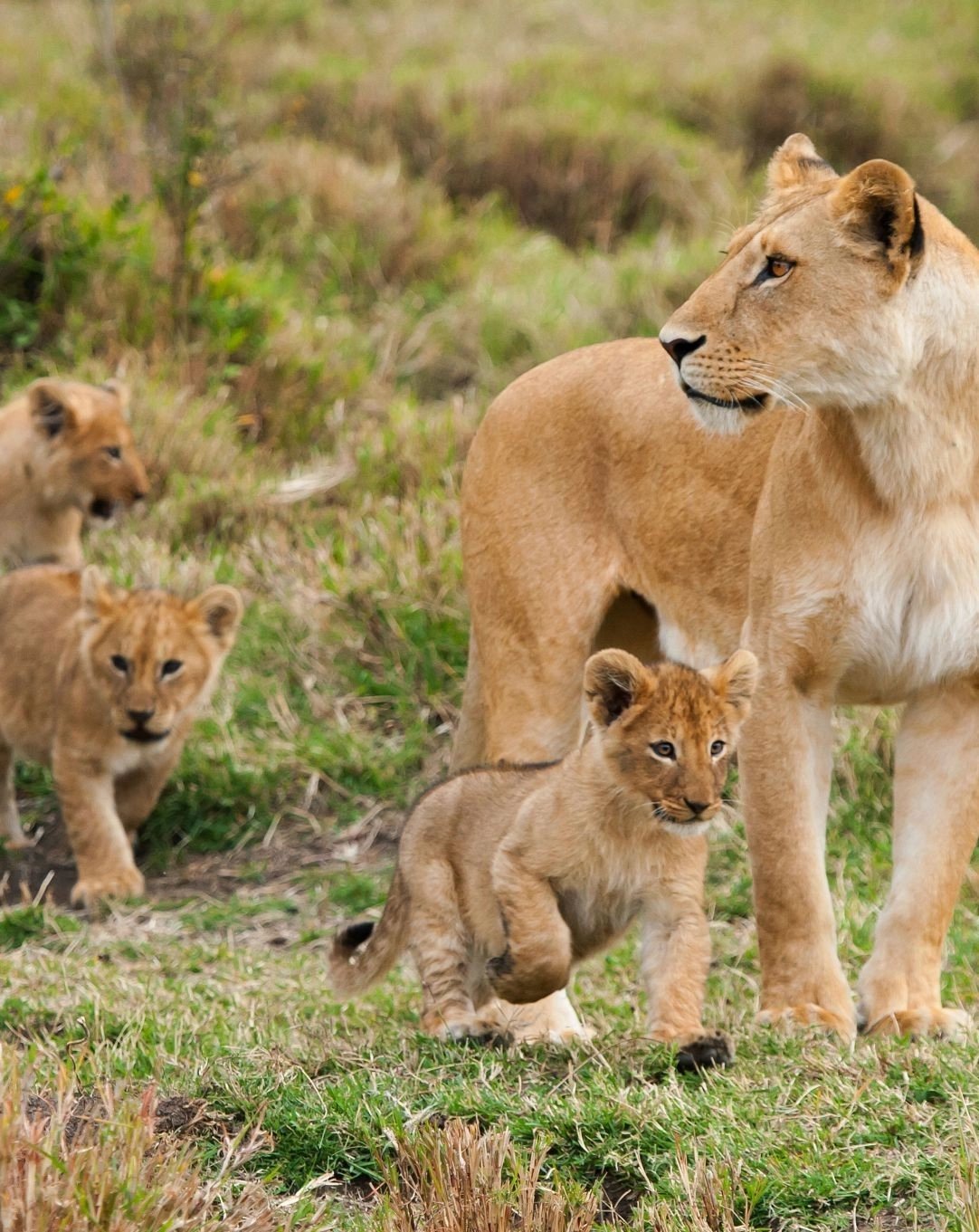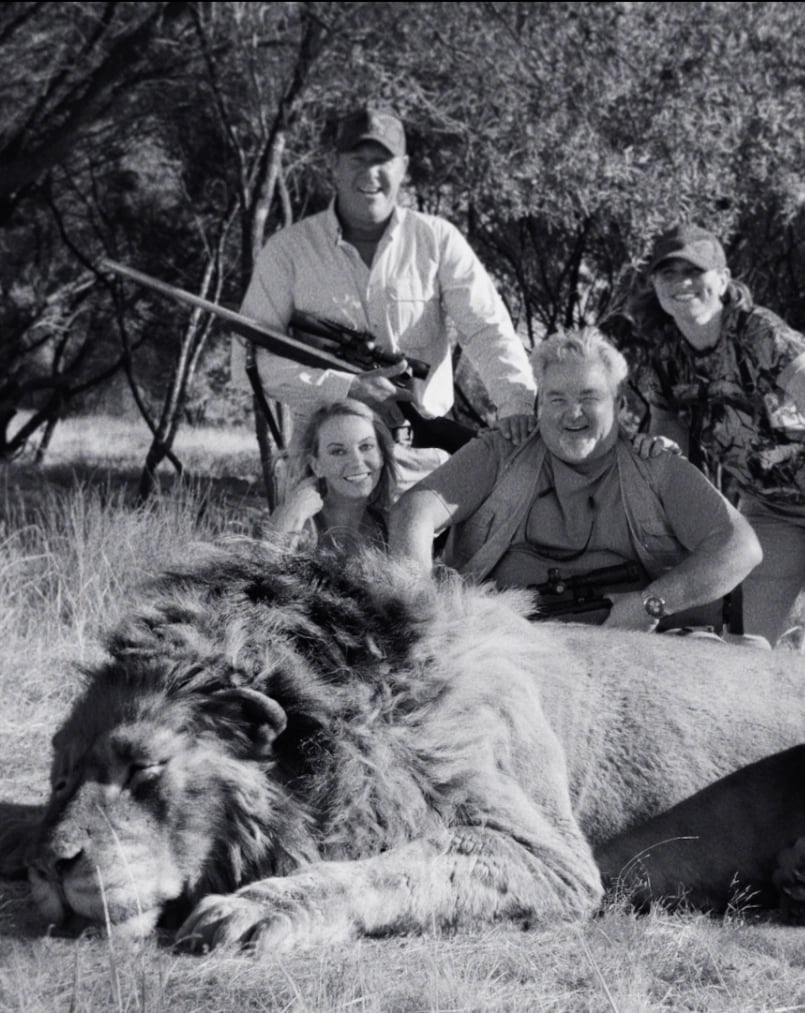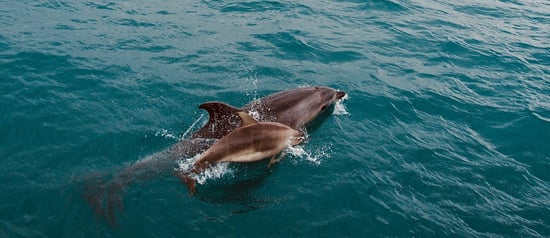Donate to protect lions
Right now, vulnerable lion cubs are being torn from their mothers and exploited for financial gain, human entertainment, or traditional medicine.

Lions are the second largest big cats after tigers. There are two species left in the world today - the African lion and the Asiatic lion.
There are 600 Asiatic lions left in the world - more than 300 of them live outside the Gir Forest, India protected area which makes the species at great risk of extinction. And fewer than 30,000 African lions in Sub-Saharan Africa left in the wild.
Lions are a keystone species. They are important predators – the only wild animals in Africa big enough to bring down big herbivores like elephants and giraffes. If herbivore populations are left unchecked there is less food available for all animal populations – including people. Lions also help keep herbivore herds healthy as they usually prey on the sickest, weakest, and oldest animals.
African lions usually live in ‘prides’ – family groups of, on average, 10 to 15 animals. They can grow up to three metres long from head to tail. Lions are heavy animals weighing around 150 to 250 kilograms with males tending to be heavier than females.


Between 8,000 and 12,000 African lions are bred and kept captive in a circle of suffering in South African facilities. Most farmed lions are cruelly exploited at multiple points in their lives.
Farmed lion cubs are torn from their mothers within days after birth, used for tourist activities such as petting, feeding and cuddling. Once farmed lion cubs grow too large to be handled, they are moved on to be exploited in other tourist attractions that offer ‘walking with lions’ activities.
As soon as females reach maturity, they are speed-bred, producing many more litters than is natural to them to keep up with demand for lion cubs. Contrary to the opinions of some, this breeding does not aid conservation and results in inbreeding and cub deformities.
Once male lions become too old to be in close contact with humans, many are sold to canned hunting facilities where they are shot and killed in confined enclosures by trophy hunters.
The cycle of death is completed with the lion bone trade. Captive lions are killed for their bones to be exported to Asia. These majestic creatures are slaughtered for their bones – all for medicine with no proven human benefit.
A 2018 study indicated that two to three times as many lions were being shipped as allowed by the legal quota, perhaps due to false declarations on how many lion skeletons a shipment contained.

Lion farming is a complex chain of abuse and exploitation, there is no single solution to this issue – it requires an ongoing campaigning effort. To start a cycle of change, we are focusing our efforts in the following key areas:

We are collaborating with Blood lions, a South African based campaign organisation committed to ending the exploitation of lions in South Africa. Together, we researched the welfare challenges faced by lions in the lion farming industry, and the risk that lion farming poses to public health from zoonotic disease transmission.
One of our strategies is to engage with more traditional medicine associations and practitioners and urge them to sign our wildlife-friendly pledge. So far, five pharmaceutical companies and 300 medical practitioners in Asia have already pledged to be wildlife friendly.
You can do your part by avoiding buying or consuming traditional medicine with animal products. And avoid interactions with wild animals such as petting or canned hunting. Instead, see lions in the wild, where they belong.
Together we can end the cruel use of Lions for human entertainment, hunting, or as traditional medicine ingredients by:
Please donate today, help ensure lions have lives worth living and help us work together to keep wild animals in the wild, where they belong.
Right now, vulnerable lion cubs are being torn from their mothers and exploited for financial gain, human entertainment, or traditional medicine.
Using animals in sports often involves causing intentional harm and inflicting violence on these sentient beings.
Every year, thousands of animals are bred in captivity or snatched from the wild to fuel the traditional medicine market.

Join thousands of animal lovers fighting to protect wildlife and give farmed animals good lives. Sign up now to receive emails with all the ways you can help.
Sign up